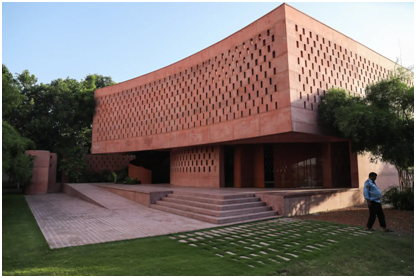Dhaka is progressively embracing innovative architectural solutions to adapt to the pressing realities of climate change and increasing flood risks, signaling a forward-thinking approach to urban development. Among the remarkable projects spearheading this transformation are a proposed ‘floating university’ and the distinctive pink mosque, both embodying designs that aim to harmonize with, rather than succumb to, a wetter future. These initiatives highlight Bangladesh’s resilience and its commitment to sustainable urban planning. The concept of a ‘floating university’ is particularly revolutionary for a deltaic nation like Bangladesh, frequently impacted by rising sea levels and monsoon floods. This visionary project aims to ensure uninterrupted access to education even during extreme weather events. Designing educational institutions that can float or withstand inundation ensures continuity of learning, providing a robust solution for a country where educational infrastructure is often vulnerable to natural disasters. Such adaptive architecture fosters resilience and safeguards intellectual development against environmental challenges. Alongside this, the design and presence of the pink mosque, or Baitul Mukarram National Mosque (often referred to for its unique architectural features and sometimes mistakenly associated with ‘pink’ hues in certain lighting or conceptual designs that involve color), illustrates an aesthetic and functional adaptation to the environment. While traditional structures can be vulnerable to flooding, contemporary designs for such significant public spaces increasingly incorporate flood-resilient features, elevated foundations, or water-resistant materials. This approach ensures that essential community spaces remain accessible and functional, even in challenging conditions, integrating cultural heritage with environmental practicality. These architectural innovations extend beyond individual structures, representing a broader paradigm shift in Dhaka’s urban planning strategies. The focus is now on developing infrastructure that is not only robust but also symbiotic with its aquatic environment. This includes exploring amphibious buildings, elevated road networks, and advanced drainage systems that can manage excess water more effectively. Such integrated planning aims to transform flood-prone areas into resilient, livable urban landscapes, safeguarding both lives and livelihoods. By investing in adaptive architecture like the floating university and integrating flood-resilient designs into its iconic structures, Dhaka is actively charting a course towards a sustainable and resilient future. These projects symbolize Bangladesh’s proactive response to climate change, demonstrating how creative design and strategic planning can lead to innovative solutions that protect communities and ensure continued progress despite environmental challenges. This forward-looking approach promises to turn climatic vulnerabilities into opportunities for groundbreaking urban resilience and development.
Dhaka Adopts Innovative Architecture for Climate Resilience
3


